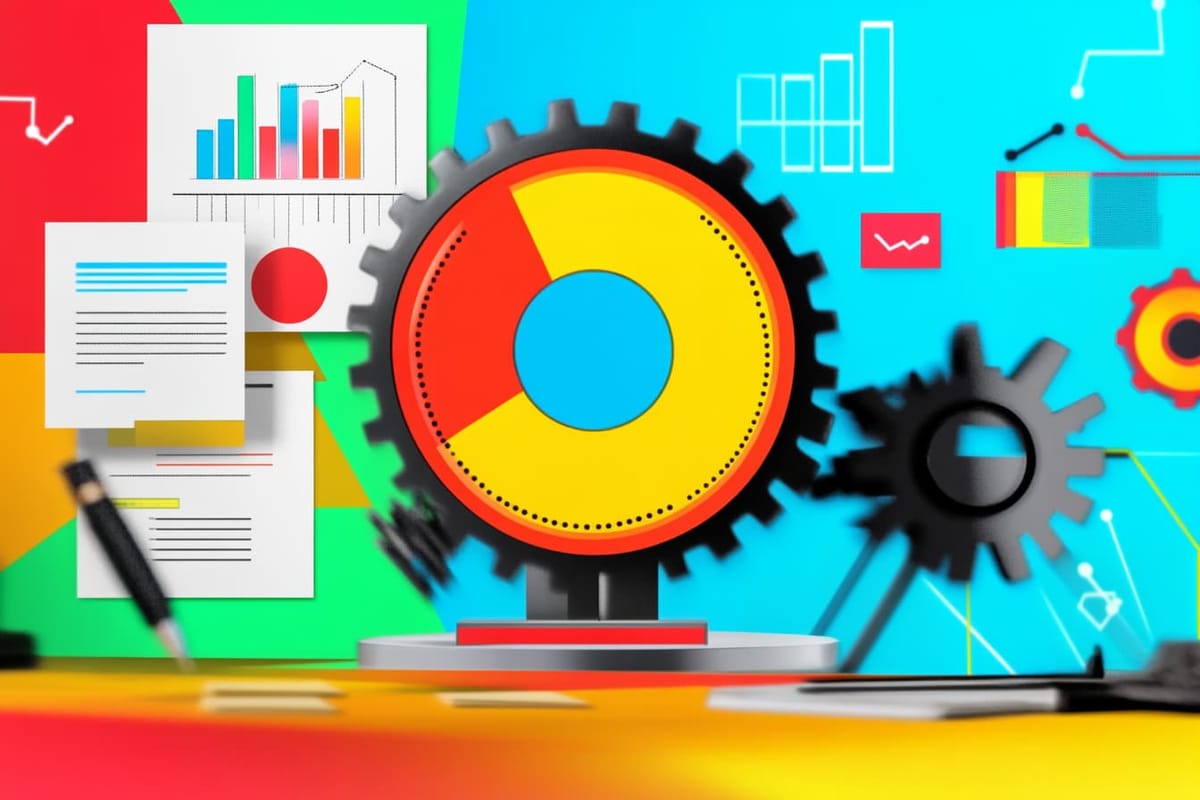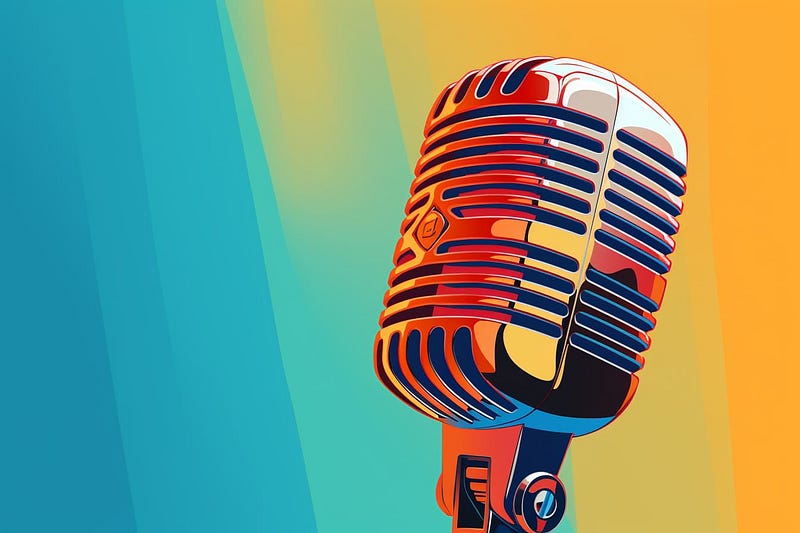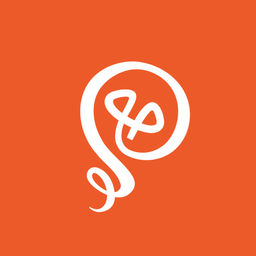Turn Your Free Digital Downloads into Paying Customers
Keep the momentum going.

Ever feel like you put a ton of work into a digital product, only to have its launch fall flat? Or maybe you get some initial traction, but then it fades over time?
You might create the exact digital product your audience wants and needs, but you fall short on launching and re-launching the product. I'm guilty of this myself: I'm so excited to "get the thing out the door" that I don't do enough planning to make sure my audience is aware of it. Especially since everyone's inboxes and feeds are cluttered.
If you create a consistent process for launching and re-launching your product, you'll find that it draws in an audience that keeps growing over time — also known as a flywheel model. You'll follow the same motions, but each launch gets easier and has a bigger impact.
Create an engaging onboarding experience
In product management, we think a lot about onboarding. What does the customer first experience when they access the product or feature? A product should be easy to use and keep users coming back.
The same is true for digital products, even though the experience is different. At the bare minimum, your product should deliver as promised. The user should feel good about providing their email address or paying in exchange for the product. Beyond that, you'll want to think about what happens after the user clicks "download" or "purchase."
For starters, you may have no idea how users found you or your product. First impressions matter, so you should send an intro email thanking them for their purchase/download and introducing yourself. Let them know what you hope they get out of the digital product.
Three days after they download the digital product, send a follow-up email pointing them in the direction of other helpful resources. I never use this as a sales pitch. Many of my digital products are free, and I want my audience to trust that I share a lot of valuable information. I'll usually send links to blog posts directly related to the resource they downloaded.
I use Gumroad to host my digital products, so it's really easy to set up a sequence of emails based on the product downloaded. Over time, I'll tweak these sequences to make sure that I'm sending the best follow-up resources possible.

Provide some guidance and suggestions
You want to make it really easy for your audience to understand how to use your digital product.
In software, this is called the "aha moment" — when users realize that a product will improve their work in some way. You want to have a similar experience with your digital product, by guiding your audience to that "aha moment."
If you provide something like an eBook, include a checklist or some other step-by-step process that your audience could follow. You could include that within the digital product itself, or in your email sequence.
If your digital product is a course, it's really helpful to show a progress bar or some other visual indicator of how much of the course has been completed. Many tools that host course products have this built in.
In your follow-up email sequence, you can also ask people if they have any questions. Doing this gives you a chance to add more value, plus it collects additional information to help you refine your digital product. If people are consistently confused by something, you might want to tweak it or include additional guidance in your welcome email.
Prepare your announcement
You're ready with the product and your email sequence. Now you need to announce the product.
In my earliest days of launching digital products, I was not very thoughtful about the launch process. I'd literally finish the product and throw it out into the universe. Now, I have a specific process I follow with each digital product launch.
Step 1: Announce the product
I'll send an email to my audience announcing the new product. Later, I'll send an additional announcement in my newsletter — just in case people missed the first announcement.
Sometimes, I'll host a webinar related to the product. This is an additional way to collect email addresses, since people will sign up to attend the webinar. I'll offer the freebie as an incentive to attend the webinar. When I use this tactic, I wait a few weeks before announcing the product to my email list again, and exclude webinar attendees (since they already got the product for attending the webinar).
Step 2: Create social media posts
I'll create several social media posts related to the product announcement (or webinar announcement, if I'm using a webinar initially). I have a template in Canva for product announcements, and I'll also create a video.
I like to put the URL of the product in the Canva graphic itself. Some social media sites (like LinkedIn) are very punishing of links to external resources. Sometimes, I'll share the announcement post with the link; sometimes, I rely only on the URL in the graphic. That way, I'm giving the post as many chances to be seen as possible.
Re-promote your product
Don't forget to re-promote your product — a lot. Product launches can quickly lose steam because creators spend a lot of time pushing the product initially, and then don't spend any time re-promoting it. Remember: your audience grows all the time. So some people will have no idea that this product exists.
Remind your newsletter that you have this digital product available. I'll usually include it when it makes sense with the topic of my newsletter, rotating out different digital products in each issue. I also re-share the graphics I created on social media regularly.
Additionally, I use my products as a call to action within my blog posts. Every post has a link to a different free product. People find my blog through organic search, plus I share the links across social channels. I also cross-post the posts to Medium, where I can reach a much larger audience. It's a way to continuously get new downloads for products I created months — or even years — ago.
Give your customers resources to go deeper
Free products are an excellent way to build your audience — especially if you're new to launching digital products. But, eventually, you'll want to give your customers a way to pay you for the knowledge you offer.
After your customers get through the basics, they will start asking more detailed questions. Like, “How do I apply this in my business?” or “What’s the next step after this module?” These deeper questions are actually a good thing — they show that your users are engaging with what you offer on a deeper level.
There are a few ways to turn free customers into paying customers:
- Offer an upsell to your digital product, like a version that has additional information
- Offer coaching related to your digital product
- Use your email list to promote a new paid product in the future
By itself, your free product should be valuable. You don't want people to feel like they have to pay for a product in order to get something from you. The paid product should be a deeper dive, or a 1:1 application of the general advice you provided in the free version of your product.
You'll want to be mindful of when and how you offer these paid opportunities. For example, in your email sequence, you might direct customers to several additional free resources. Or maybe the customer receives a few issues of your newsletter. Only after the customer receives value do you send an offer for a paid product.
The paid version should be a natural extension of whatever free product you offered. I have several paid offerings, so I'm careful to match the paid offering with the right free product.
Keep the flywheel in motion
A flywheel is a machine that gains momentum as it keeps turning. Jim Collins applied the flywheel model to business in his 2001 book Good to Great: Why Some Companies Make the Leap, and Others Don't. In the book, he talks about momentum kicking in and writes:
“You’re pushing no harder than during the first rotation, but the flywheel goes faster and faster. Each turn of the flywheel builds upon work done earlier, compounding your investment of effort.”
If you create digital products and put in the work to launch, re-launch, and re-promote them, eventually you'll have a flywheel effect. You're putting in the same amount of initial effort, but each rotation has a bigger audience and more opportunities to lead customers to your paying products.
Check out my free eBook — a guide for creators looking to better manage their time and content across multiple platforms.






